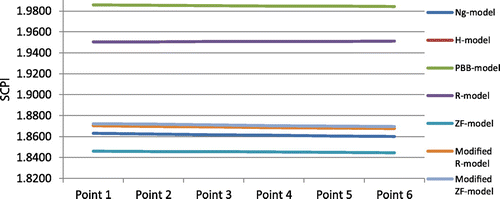Figures & data
Table 1. Methods and techniques used in ABC classification (Van Kampen et al., Citation2012).
Table 2. Data structure for randomized block design with b blocks and k treatments.
Table 3. ANOVA table for randomized block design.
Table
Table





